The customer requirements
1. Visualization of project assumption
In the stage of feasibility demonstration of product and overall project design, it can be expressed of the design ideas and comparative design solutions through 3D interactive software to facilitate communication with customers and leaders.
2. CAD design model review
In the design stages of product prototypes, samples, and configuration validation, it is needed to review of the stage transition of the Pro/E 3D model and is necessary to establish an intuitive and interactive review environment.
3. Visualization of CAE data
It is necessary to integrate and visually display the CAE calculation results of different disciplines such as finite element, multibody dynamics, and hydrodynamic mechanics on account of the deficient compatibility of the reprocessing rate of existing CAE software. CAE calculation results of different disciplines such as finite element, multibody dynamics, and hydrodynamic mechanics on account of the deficient compatibility of the reprocessing rate of existing CAE software.
4. Collaborative design and communication
At the stage of preliminary design and detailed design of products, a collaborative design and communication environment is demanded for the designers of each subsystem to communicate and coordinate of assembly model.
5. Acceleration of outer assembly model display
It is often difficult for the display of outer assembly model for the systematic electronic mock-up and for the Pro/E outer models to rotate, translate, and zoom on workstations, so it is necessary to improve the rendering capabilities of outer assembly models.
6. Visualization of experimental data
It requires an intuitive and effective way to display experimental data since the experimental data is boring, numerous, and the display mode is relatively single.
7. Immersive user experience
A multidimensional immersive environment to support the improvement of users experience of product and design demonstration capabilities.
8. Product maintainability analysis
Maintainability analysis is a very important maintenance work, including all the analytical work involved in maintenance of development, production, and use. Traditional maintenance analysis and evaluation mainly rely on physical mock-up or full-size models of products. However, in the early stage of product development, are generally lacking, and some maintenance analysis work cannot be carried out because of the deficiency of physical prototypes for experiments, which affects the parallel implementation of maintainability design and product design. are generally lacking, and some maintenance analysis work cannot be carried out because of the deficiency of physical prototypes for experiments, which affects the parallel implementation of maintainability design and product design.
9. Assemblability analysis of product
In order to solve the assembly issue of the product in the design stage, eliminate the hidden troubles in the later period of product manufacturing, and avoid a lot of reworks, except for assemblability design in the design, it is needed for the evaluation of assemblability in the latter stage of the product design.
10. Product ergonomic analysis
In the product design stage, the performance of ergonomics should be taken into account and the design standards of the relevant national and national military standards should be complied with. The relevant software and equipment must be supported.
11. Interactive virtual display, maintenance, training
In order to speed up the process of maintenance system development, training system development and user training, before the physical prototype comes out, we need to use the virtual reality system to carry out this research.
Effectiveness of the solution
1. Enhancing program design and review methods to promote technical communication;
2. A visually expressed and displayed of the engineering data;
3. Verifying and optimizing of process plan to reduce design defects;
4. Being greatly improved of the technical indicators such as product maintainability, assemblility, and ergonomics;
5. Taking the manufacturing, maintenance and maintenance of the product into account during the DMU stage;
6. Shortening the cycle, reducing changes, and saving costs of designing;
7. Improving the digital design and corporate image.
Evaluation of the customer
“The construction and application of the CAVE system have improved the digital design capacity and scientific research power of our company. It will play a more important role in the model development and scientific research and production in the future.”




